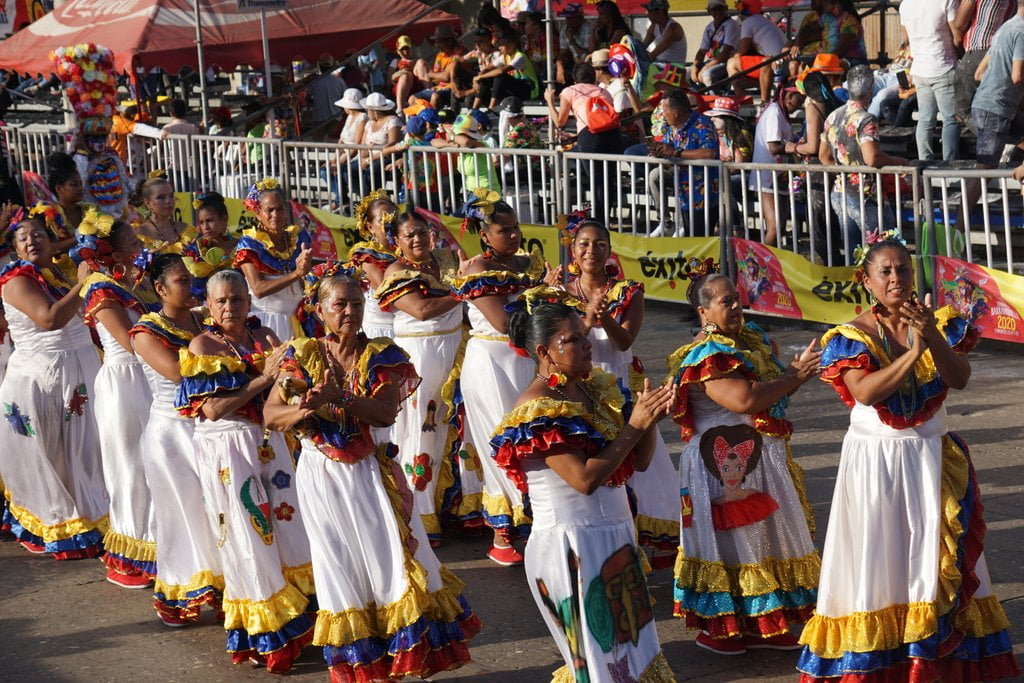Likes and Dislikes in Spanish
Learning how to express likes and dislikes is an important step in improving your fluency in any language. Today we’re going to look at how to talk about likes and dislikes in Spanish, focusing on a few key verbs.
A while back, we learned how to use the Spanish power verb gustar (to like). Check that post for some examples in case you missed it. Just to review, here’s how you conjugate gustar in the simple present tense:
(A mí) me gusta/gustan
(A ti) te gusta/gustan
A usted le gusta/gustan
A él le gusta/gustan
A ella le gusta/gustan
(A nosotros) nos gusta/gustan
A ustedes les gusta/gustan
A ellos/ellas les gusta/gustan
I like
You like (familiar)
You like (formal)
He likes
She likes
We like
You like (plural)
They like
As is usually the case, I, you (familiar) and we are all implied, so it’s not necessary to add a mí, a ti, or a nosotros. You use gusta when talking about singular nouns and verbs and gustan for plural nouns. To make a negative statement, simply add no before the correct form of gustar.
Now I’ll tell you a few things about myself to show you some sentences expressing likes/dislikes:
Me gusta tocar la guitarra.
Me gustan los deportes, por ejemplo el fútbol y el baloncesto.
Me gusta aprender idiomas.
No me gusta trabajar muy temprano en la mañana.
No me gusta ir de compras.
How about you? See if you can make five sentences expressing likes/dislikes. For more practice with gustar, check out this listening practice post.
Love
Sometimes, “like” is not a strong enough word. What if you really, really like something? You might go as far as to say that you “love” it. In Spanish, you can use the verb encantar (to love, to be enchanted by):
(A mí) me encanta/encantan
(A ti) te encanta/encantan
A usted le encanta/encantan
A él le encanta/encantan
A ella le encanta/encantan
(A nosotros) nos encanta/encantan
A ustedes les encanta/encantan
A ellos/ellas les encanta/encantan
I love
You love
You love
He loves
She loves
We love
You love (plural)
They love
Similar to how you use gustar, you use encanta for singular nouns and verbs and encantan for plural nouns. For example…
¡Me encantan los tacos!
¡Me encanta la banda Phish!
¡Me encanta viajar!
¡Me encanta lucha libre!
Try to make a few sentences expressing your love for something.
Love
In English, you use the same word whether you’re talking about your affinity for tacos or your significant other. In Spanish, there’s a different verb to express a more serious love – amar (to love):
(Yo) amo
(Tú) amas
Usted ama
Él ama
Ella ama
(Nosotros) amamos
Ustedes aman
Ellos/ellas aman
I love
You love
You love
He loves
She loves
We love
You love
They love
Generally speaking, amar is reserved for describing relationships or spiritual feelings. Here are some examples off the top of my head:
Amo a mi esposa.
Amo a mi familia.
Amo a los animales.
Amo la vida.
How about you? What or who do you love?
Hate
On the complete opposite end of the spectrum, we have the verb odiar (to hate):
(Yo) odio
(Tú) odias
Usted odia
Él odia
Ella odia
(Nosotros) odiamos
Ustedes odian
Ellos/ellas odian
I hate
You hate
You hate
He hates
She hates
We hate
You love
They hate
Here are a few things and people I hate to give you a couple of examples:
Odio al presidente.
Odio trabajar todos los días.
Odio la música country.
Go ahead and get it off your chest – what do you hate (in Spanish)?
Prefer
When talking about likes/dislikes, this often requires expressing a preference. The Spanish verb preferir (to prefer) can be used:
(Yo) prefiero
(Tú) prefieres
Usted prefiere
Él prefiere
Ella prefiere
(Nosotros) preferimos
Ustedes prefieren
Ellos/ellas prefieren
I prefer
You prefer
You prefer
He prefers
She prefers
We prefer
You prefer
They prefer
Here are a few examples showing some of my preferences:
Prefiero el café al té.
Prefiero las montañas al mar.
Prefiero el baloncesto al fútbol.
Prefiero los libros a las películas.
How about you? Give it a shot and make a few sentences to express preferences.
Be Interested In
Another way to express that you like something is to say you are interested in it. You can do that in Spanish with interesar (to be interesting):
(A mí) me interesa/interesan
(A ti) te interesa/interesan
A usted le interesa/interesan
A él le interesa/interesan
A ella le interesa/interesan
(A nosotros) nos interesa/interesan
A ustedes les interesa/interesan
A ellos/ellas les interesa/interesan
I’m interested in
You’re interested in
You’re interested in
He’s interested in
She’s interested in
We’re interested in
You’re interested in (plural)
They’re interested in
Here are a few things I’m interested in:
Me interesa la cultura.
Me interesa estudiar español.
Me interesa la fotografía.
You may have noticed that the verbs gustar, encantar, and interesar follow a similar grammatical structure. These are considered backwards verbs. They use an indirect object pronoun, which usually comes before the subject. Think of it this way – in the above example, I could say “Photography is interesting to me.” That’s basically how you’re wording it in Spanish.
Hopefully this post helps you gain a beginner-level understanding of how to express likes and dislikes in Spanish. If you have the chance, try to have a conversation with someone in Spanish about things you like and dislike to practice using some of these verbs and grammatical structures. Of course, please feel free to write out a comment below if you’d like to!
About the Author:sasha
Sasha is an English teacher, writer, photographer, and videographer from the great state of Michigan. Upon graduating from Michigan State University, he moved to China and spent 5+ years living, working, studying, and traveling there. He also studied Indonesian Language & Culture in Bali for a year. He and his wife run the travel blog Grateful Gypsies, and they’re currently trying the digital nomad lifestyle across Latin America.
Posteado en Spanish Articles (Facebook)








